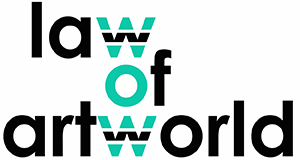
“Adele” by Gustav Klimt. The work is exhibited today in the Neue Gallery
New York, after having been restituted by the Austrian government to its rightful owner, a victim of Nazi looting, in 2006.
The claim for stolen art is a matter of vital importance and presents a different treatment depending on whether the issue arises within the borders of a country or whether the goods have crossed the border and it is necessary to bring an international claim.
Regarding this issue, we must keep in mind that each country follows a different legal tradition and that the solutions followed in the international sphere are often different.
The solutions in restitution cases depend greatly on the legislation applying depending on the country.
However, in this area, the existence of international treaties governing the issue of restitution must be taken into account in addition to European legislation, which can help to reconcile a case of claim faster and more directly than in the case of applying the rules of a single state.
While some legal systems allow a bona fide purchaser who was unaware of the theft and acquired the piece to consolidate the property, other countries, however, establish that any illegal source can not be debugged by a successive change of ownership. The difficulty often lies in a matter of evidence, and the establishment of jurisdiction determines what legislation to apply.
Furthermore, apart from the international treaties, it is essential to consider the current trend towards the admission of extrajudicial mechanisms of conflict resolution, seeking to achieve a better response to the case, and avoiding, as far as possible, the cost and delay in time associated with the court proceedings.
Questions that may arise regarding restitution:
► How to complain?
► What are the possible consequences of a restitution claim?
► Mediation and international arbitration on restitution
► Scope of national, European and international legislation
► Communicating the theft to international organisations to combat illicit trafficking and databases of stolen cultural property
► Importance of support from international organisations in the search and identification of stolen, looted or plundered works
► Responsibility of auction houses, art dealers or buyers
